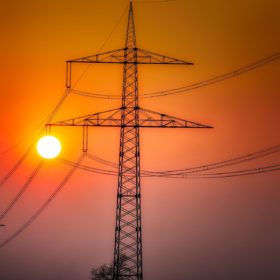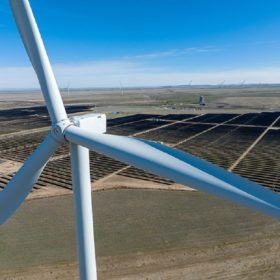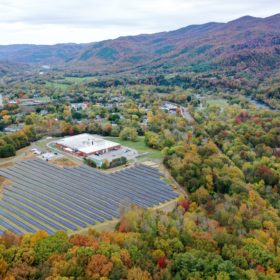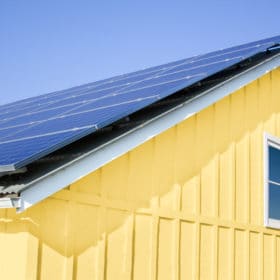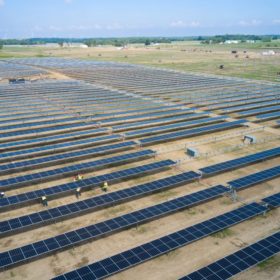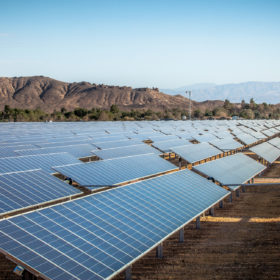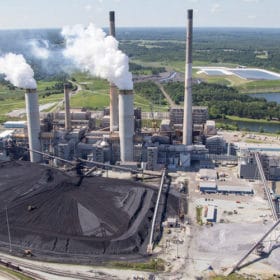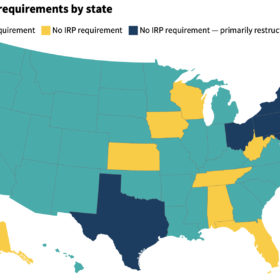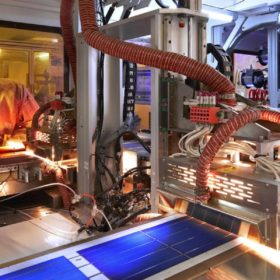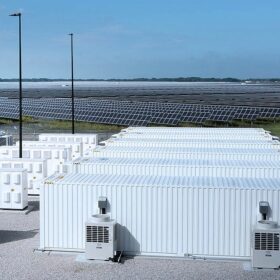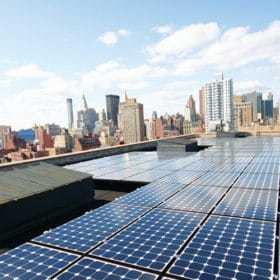ERCOT advanced 15 GW of solar in 2022, moving 5x faster than other RTOs/ISOs
Texas grid operator ERCOT advanced interconnection requests for 15 GW of solar projects last year, with three other grid operators advancing 9 GW. CAISO completed phase 1 studies for a large cluster of projects, while PJM and ISO-NE stayed mum on their progress.
Price-responsive demand can accelerate renewable generation
With increasing adoption of electric vehicles and heat pumps, whose demand can be flexible, “marrying” that trend with the upward trend of variable renewable generation “could accelerate both,” said a paper from the Energy Systems Integration Group.
Duke deploys solar plus battery storage microgrid in Appalachia
The solar plus lithium-ion battery microgrid provides power to the Appalachian town during a black start, which during a power outage allows for a full repowering without the use of the local grid.
Sunrun partners with startup to manage virtual power plants
The rooftop solar and battery energy storage provider selected Lunar Energy as VPP manager across the United States. The startup will also be launching its own battery in the coming months.
Solar may cover the world’s electricity demand with 0.3% of its land area
An international research group claims that raw materials and land availability do not present a real barrier for a global energy system with solar at its center. They said that forecasts for PV growth should not have their axis on utility-scale power plants and instead consider vertical PV, agrivoltaics, and floating PV as the source of future big market volumes.
50 states of solar incentives: Indiana
The Hoosier State has a prohibitive residential PV market with net metering recently phased out, while its utility market enjoys 878.8 MW of new projects.
HVDC transmission line to connect three ISO regions
The 385-mile North Plains Connector project to be built by 2029 will ease power transmission congestion and allow clean energy onto the grid.
Sunrise brief: Post-IRA opportunities and risk in utility-scale solar
Also on the rise: Facebook (Meta) total solar procurement closes in on 4 GW. New solar projects are more economical than operating existing coal plants. And more.
Building new solar projects is less expensive than operating existing coal plants
Energy Innovation Policy & Technology released a report that finds the economics of replacing coal with renewables could fund a massive battery storage buildout, adding reliability to the benefit of reduced emissions.
RMI says utilities should model and plan for distributed solar adoption
Some utilities are using models to project the adoption of distributed solar and storage, and counting distributed resources in their planning process. Others should do the same, says the nonprofit RMI.
